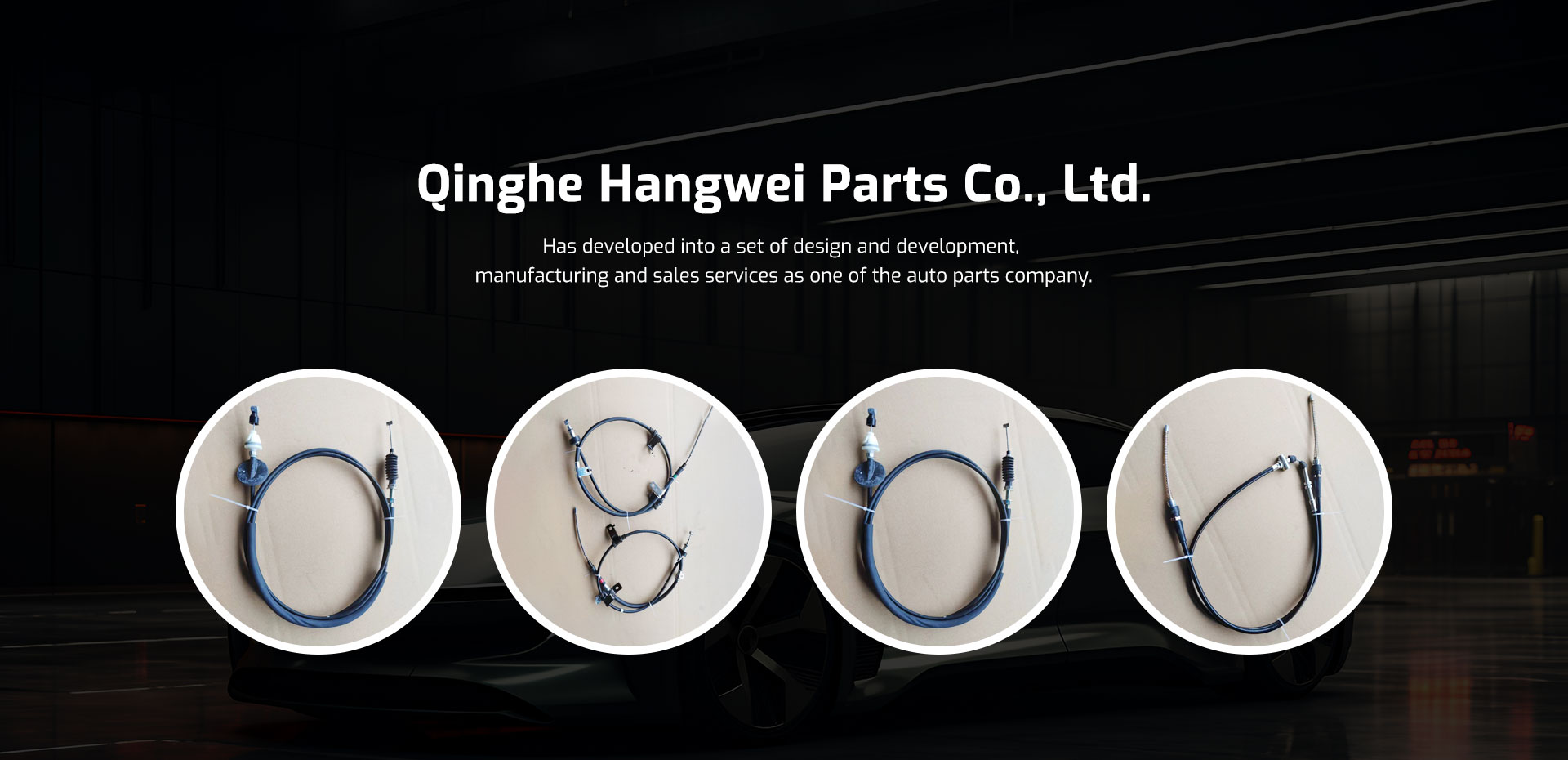carburetor accelerator cable
Understanding the Carburetor Accelerator Cable Function, Maintenance, and Replacement
The carburetor accelerator cable is a critical component in the functioning of many internal combustion engines, particularly in older vehicles that rely on carburetors instead of fuel injection systems. This article delves into the purpose of the accelerator cable, how it operates, common issues, and maintenance tips to ensure the longevity and performance of this essential part.
What is a Carburetor Accelerator Cable?
The carburetor accelerator cable is a flexible wire mechanism that connects the accelerator pedal to the carburetor, allowing drivers to manage the engine’s throttle position. When you press the accelerator pedal, the cable pulls on the carburetor's throttle lever, allowing more air-fuel mixture to enter the engine, thus increasing engine power and speed.
Function and Operation
The accelerator cable works through a relatively simple but effective mechanism. When the driver presses down on the accelerator pedal, the cable becomes taut, and this motion translates into a pull on the carburetor's throttle linkage. The throttle valve within the carburetor opens wider, permitting more air and fuel to mix and enter the combustion chamber.
Conversely, releasing the pedal causes the cable to slacken, which enables the throttle to close. This regulates the engine’s response effectively, providing a seamless driving experience. The simple design allows for immediate feedback to the driver's input, which is essential for maintaining control of the vehicle, especially during acceleration and deceleration.
Common Issues
Like any vehicle component, the carburetor accelerator cable can experience problems over time
. Common issues include1. Fraying or Damage Over time, the cable can fray or suffer from wear and tear, resulting from exposure to heat, vibrations, and mechanical stress. A damaged cable can lead to erratic throttle behavior.
2. Sticking or Binding Dirt, debris, or lack of lubrication can cause the cable to stick or bind, making the accelerator difficult to press or result in a delayed engine response. This can be hazardous while driving, as it may lead to sudden accelerations or an inability to accelerate when needed.
carburetor accelerator cable

3. Improper Adjustment If the cable is too loose or tight, it can affect performance. An overly tight cable may cause the throttle to open unintentionally, while a loose cable may not allow full throttle operation.
Maintenance Tips
To ensure that the accelerator cable functions optimally, regular maintenance is crucial. Here are some tips
1. Inspection Periodically inspect the cable for signs of wear, fraying, or damage. Look for corrosion at the cable ends and ensure that the fittings are secure.
2. Lubrication Apply a suitable lubricant to the cable, particularly near its ends, to reduce friction and binding. This can help prolong the life of the cable and ensure smooth operation.
3. Adjustment If you notice issues with throttle response or acceleration, check the cable tension. Refer to the vehicle’s manual for the correct adjustment procedure.
4. Cleaning Keep the area around the carburetor clean to prevent any debris from interfering with the cable's operation. Regular cleaning can help maintain the integrity of the cable and surrounding components.
Replacement
If you identify significant wear or damage during your inspection, it may be necessary to replace the accelerator cable. Replacing the cable is generally a straightforward process that involves disconnecting the old cable from both the accelerator pedal and carburetor, and then installing a new cable in the reverse order. Always consult your vehicle's service manual for specific instructions, as the complexity can vary depending on the make and model.
Conclusion
The carburetor accelerator cable may seem like a small part of the engine's overall system, but it plays a significant role in vehicle performance and drivability. Understanding its function, potential issues, and proper maintenance can help drivers ensure that their vehicles perform reliably and safely. Whether you're a seasoned mechanic or a casual vehicle owner, maintaining your accelerator cable is an essential part of car care that directly impacts your driving experience. Regular checks can prevent minor issues from escalating and keep your engine responsive and efficient.
-
Upgrade Your Clutch System with Premium Hydraulic Clutch LinesNewsJul.31,2025
-
Unlock the Power of Precision with Our Throttle CablesNewsJul.31,2025
-
Unleash Power and Precision with Our Accelerator CablesNewsJul.31,2025
-
Experience Unmatched Safety with Premium Handbrake CablesNewsJul.31,2025
-
Enhance Your Vehicle's Performance with Quality Gear CablesNewsJul.31,2025
-
Workings of Clutch Pipe and Hose SystemsNewsJun.04,2025
